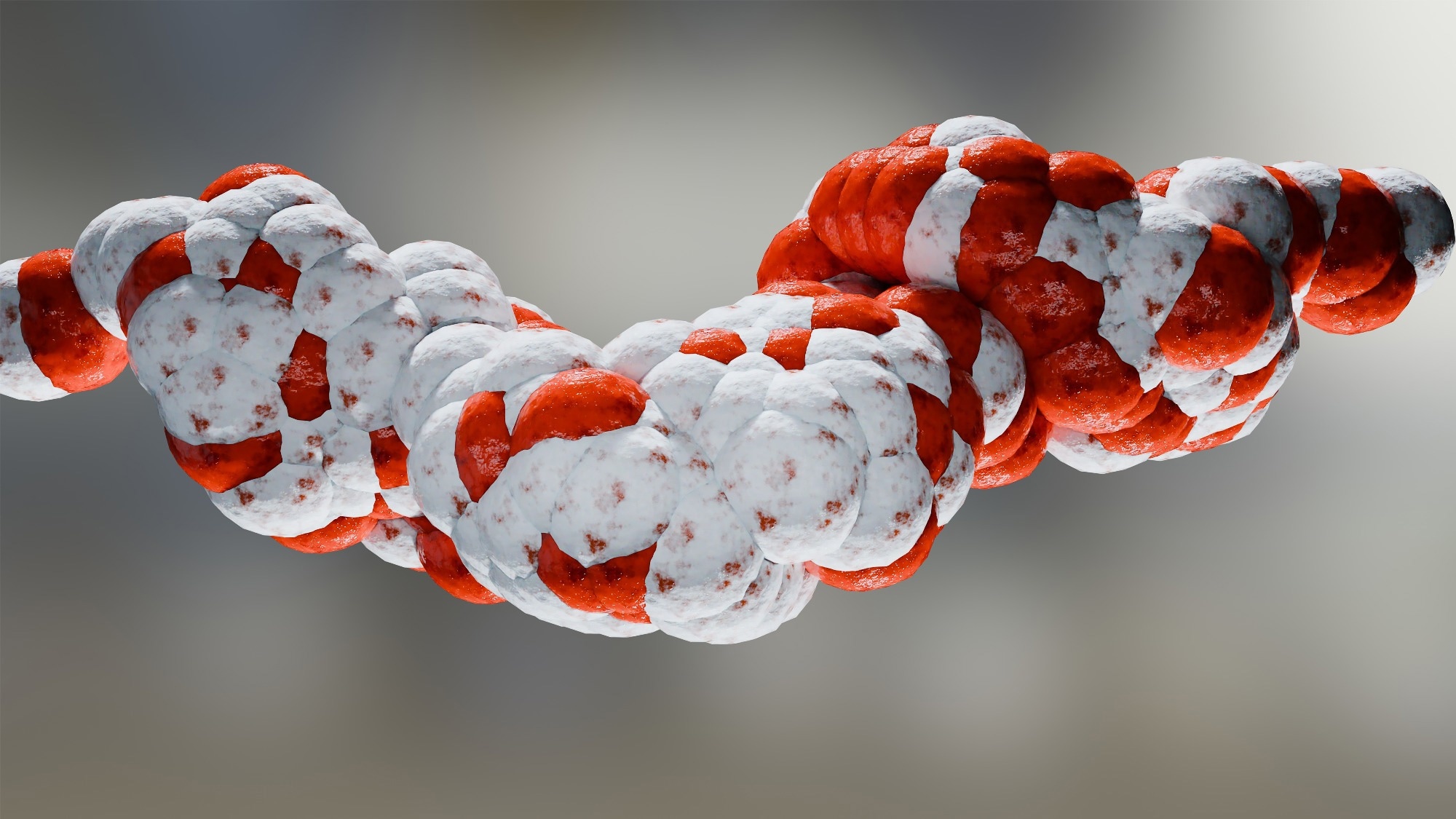Understanding the Efficacy of GLP-1 Drugs in Managing Type 2 Diabetes
Recent research has provided valuable insights into the effectiveness of Glucagon-Like Peptide-1 Receptor Agonists (GLP-1 RAs) in treating Type 2 Diabetes Mellitus (T2DM). These drugs are gaining attention for their ability to manage glucose levels, support weight loss, and minimize adverse effects. A comprehensive analysis has ranked eight GLP-1 agonists based on their performance in glycemic control, weight management, cardiovascular benefits, and safety profiles.
The Study and Its Implications
The study, published in Scientific Reports, utilized a Bayesian network meta-analysis to evaluate the outcomes of eight GLP-1 RAs compared to placebo and standard antidiabetic medications. This approach allowed researchers to compare various treatments directly and indirectly, providing a more holistic view of their efficacy and safety.
Key Findings
- Glycemic Control: Some GLP-1 drugs showed superior results in lowering blood glucose levels when compared to traditional therapies. This is particularly important as maintaining stable glucose levels is crucial for preventing diabetes-related complications.
- Weight Loss: Many of these drugs were associated with significant weight reduction, which is a critical factor for patients with T2DM, as obesity often exacerbates the condition.
- Cardiovascular Benefits: Certain GLP-1 RAs demonstrated positive effects on cardiovascular health, reducing the risk of heart attacks and other related issues.
- Safety Profiles: While most drugs were well-tolerated, some exhibited side effects such as gastrointestinal discomfort or hypoglycemia. Understanding these differences helps healthcare providers tailor treatment plans to individual patient needs.
The Growing Prevalence of Type 2 Diabetes
Type 2 Diabetes Mellitus is a global health concern that affects millions of people worldwide. Every ten seconds, someone develops this chronic condition, which not only impacts individual health but also places a significant burden on healthcare systems. The disease increases the risk of heart attacks by up to double, making it a critical area of focus for medical research and treatment development.
With the projected rise in prevalence to 643 million people by 2030, there is an urgent need for effective and safe treatment options. GLP-1 RAs have emerged as a promising class of medications that can address multiple aspects of T2DM management, offering hope for better outcomes for patients.
Choosing the Right Treatment
Healthcare professionals must consider several factors when selecting the most appropriate GLP-1 RA for their patients. These include:
- Patient-specific factors: Age, weight, existing health conditions, and lifestyle choices play a vital role in determining the best treatment option.
- Drug interactions: It’s essential to assess how GLP-1 RAs interact with other medications a patient may be taking.
- Lifestyle modifications: Encouraging healthy eating habits and regular physical activity can enhance the effectiveness of GLP-1 RAs and improve overall health outcomes.
Future Directions in Diabetes Care
The findings from this study highlight the importance of personalized medicine in diabetes care. As more data becomes available, healthcare providers can make informed decisions that align with each patient’s unique needs and circumstances. Ongoing research into GLP-1 RAs and other emerging therapies will continue to shape the landscape of diabetes management, ultimately leading to improved quality of life for those affected by the condition.
In conclusion, the evaluation of GLP-1 drugs offers a clearer understanding of their role in managing T2DM. With continued advancements in medical science, the future looks promising for individuals seeking effective and sustainable solutions to this widespread health challenge.







